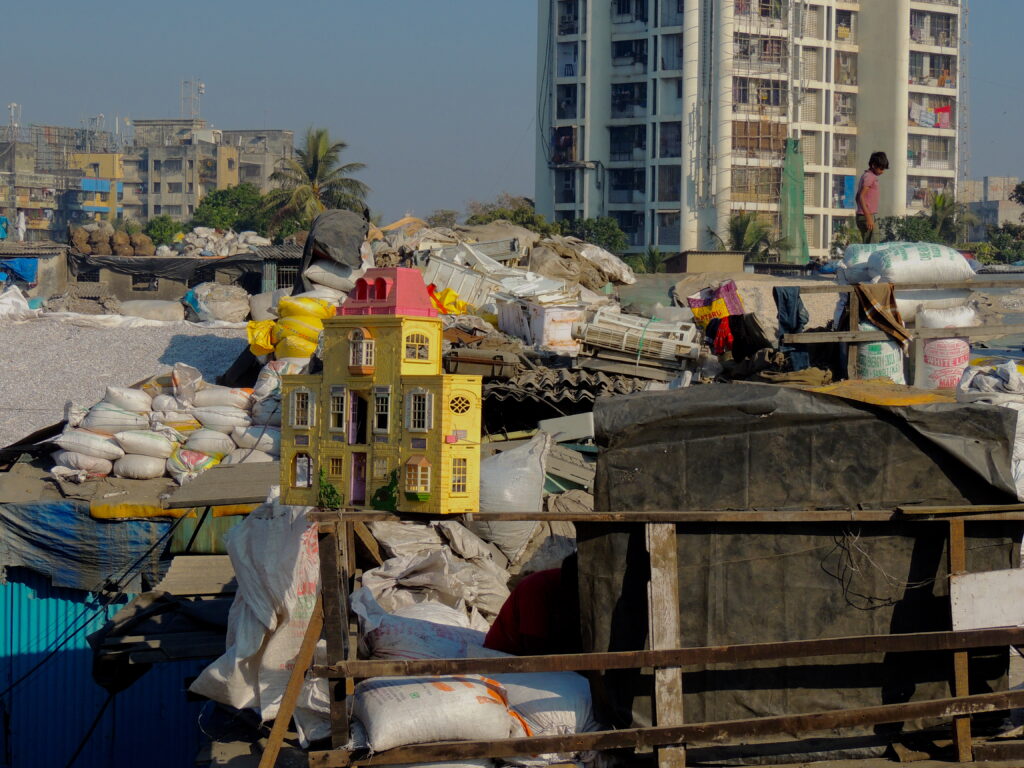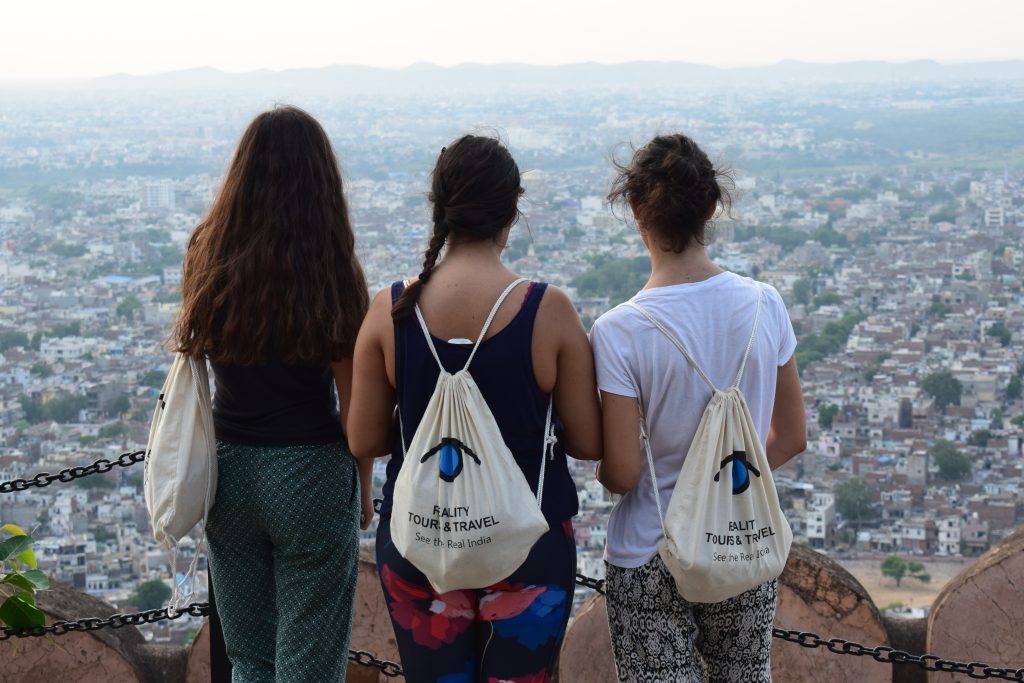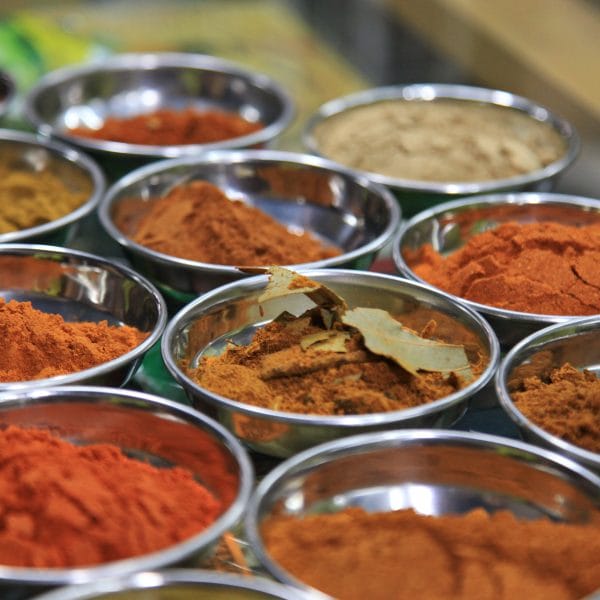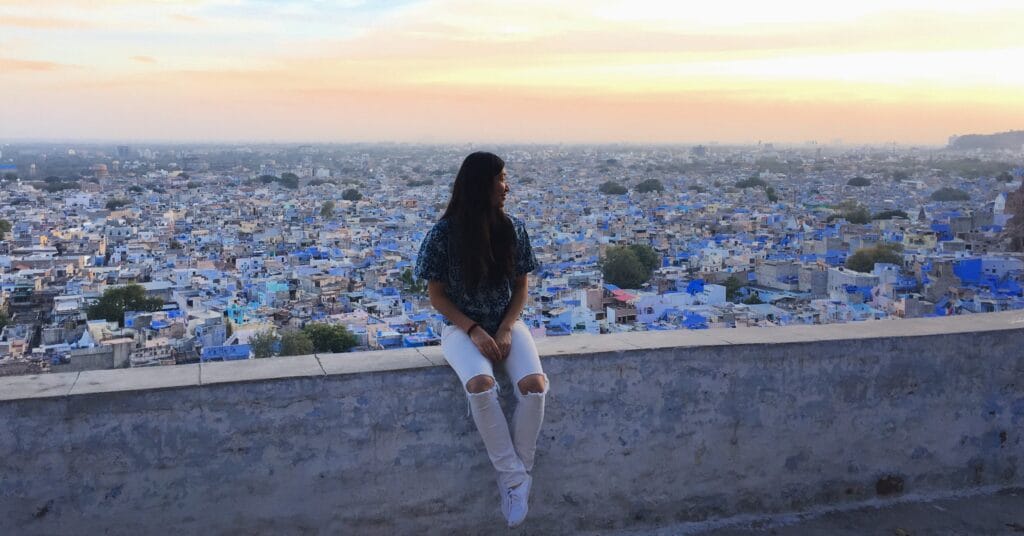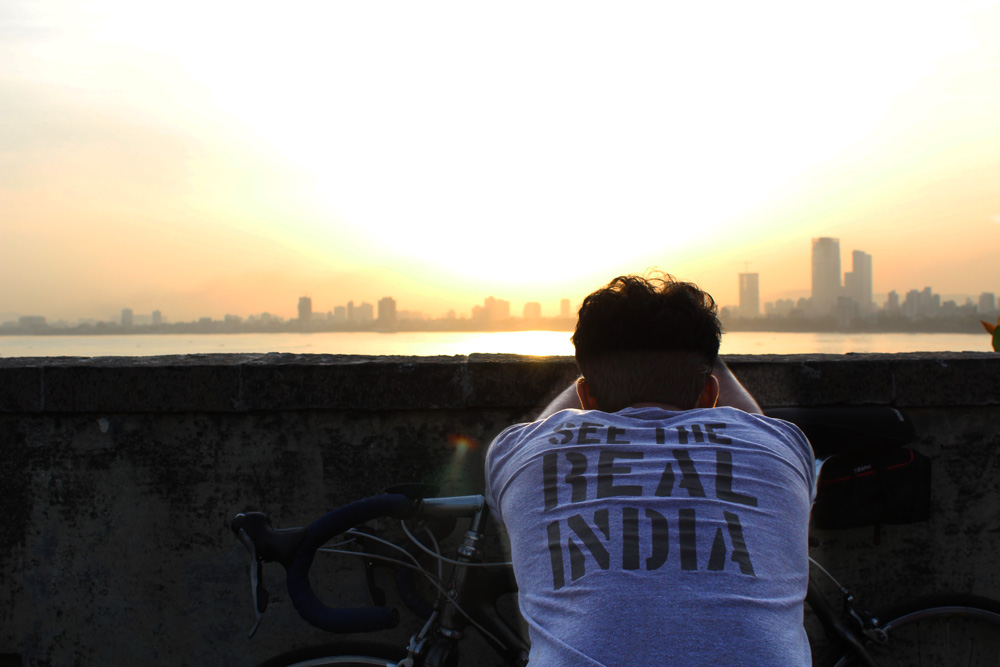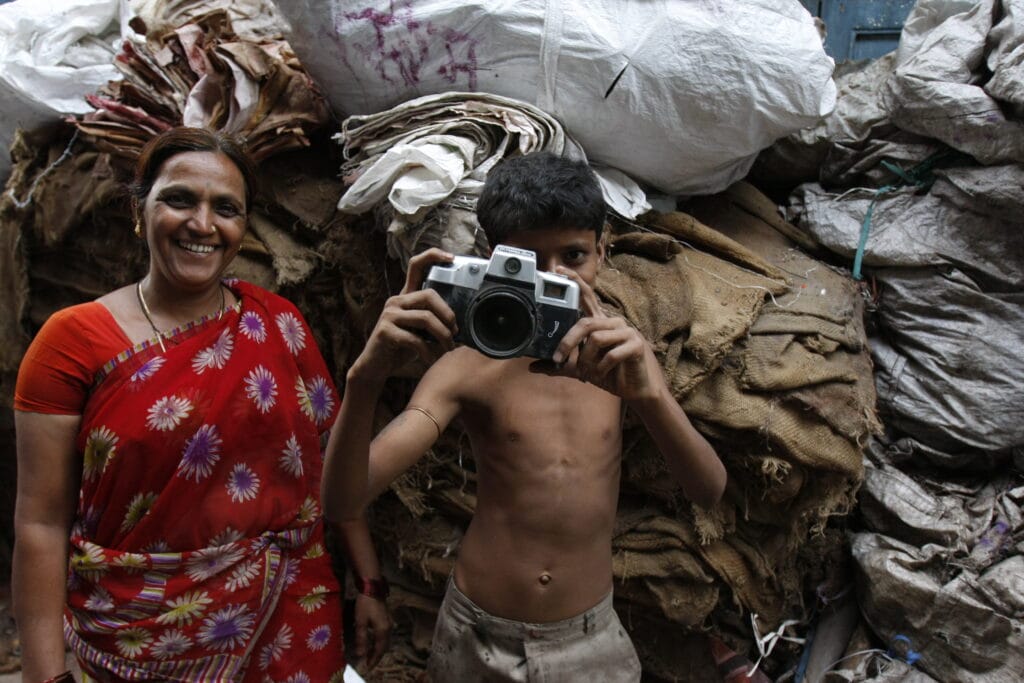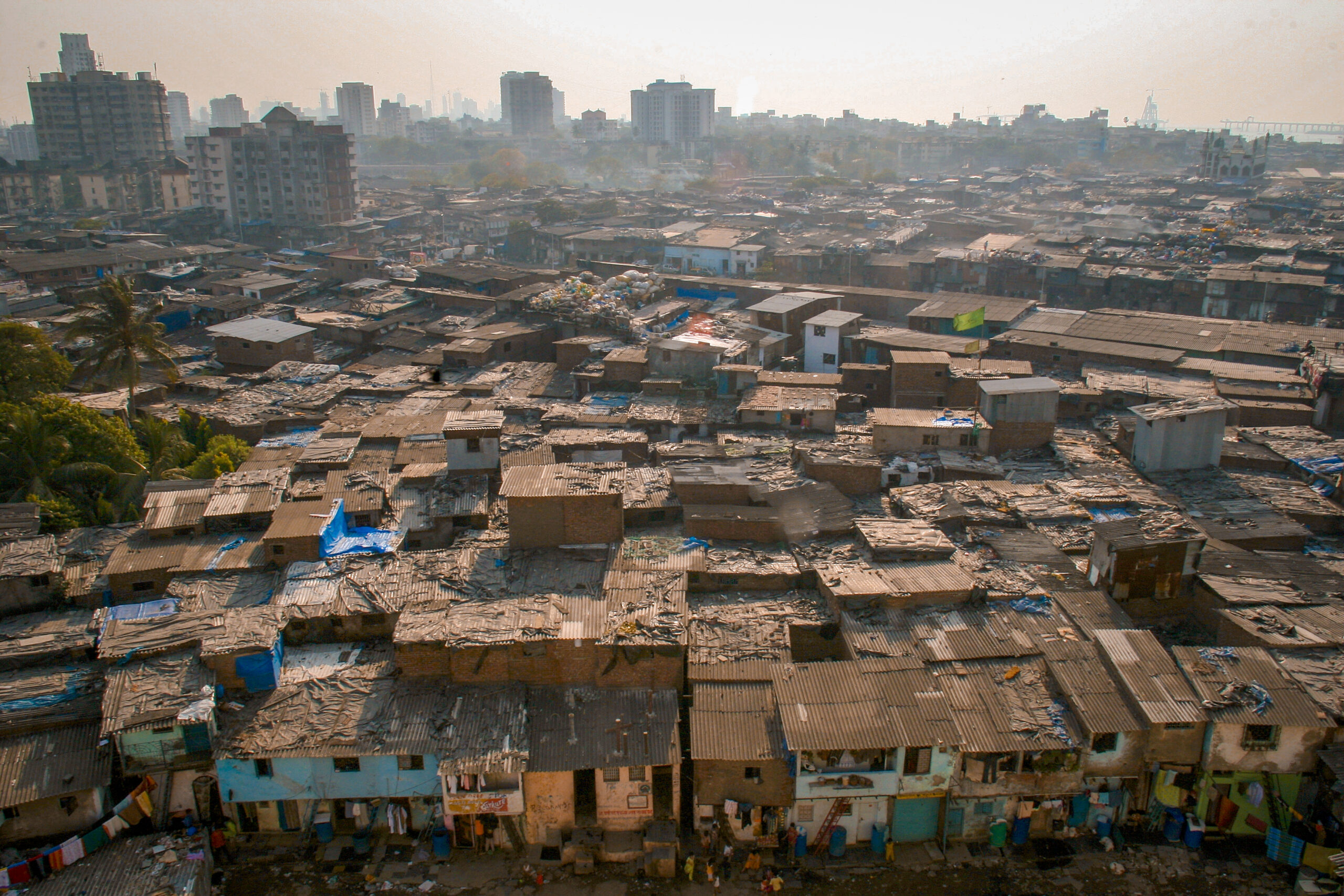Suraj, one of our senior guides, recently wrote an article about Dharavi for the German magazine, Masala, a publication that aims to build an intercultural bridge from India to Germany.
What is a slum?
I have met many people from all around Mumbai and the world and when I ask them this question, 90 per cent of the time I hear something related to poverty, crime and drugs. I won’t say all of this is false. It may be true for slums in other places but not where I’m from.
When people learn about where I’m from, Dharavi, one of Asia’s largest slums, they are often surprised to see something very different than what they expect. For us, slum is just “Houses build on government land illegally”. If you understand this definition you get to know that slum is not linked with poverty. It’s more about residential areas and communities.Dharavi used to be a swampy, marsh land, which was used as a dumping ground by some people. The earliest inhabitants came here from the south part of Mumbai when they were kicked off the government’s land. The oldest house in Dharavi is estimated to be built in 1840. So Dharavi is approximately 175 year old.
Around 55 per cent of the population of Mumbai lives in slums and there are approximately 2,000 slums in the city. But Dharavi is unique because of its productivity. Dharavi is naturally divided into commercial and residential with a combined population of approximately 1 million people. The annual turnover of Dharavi is about $665 million USD. There are about 10,000 small scale industries running here. Most of the polluting industries such as plastic melting and paint can burning happen in commercial area and the non-polluting work such as textiles, food industry and pottery happen in the residential areas. The biggest business in Dharavi is leather manufacturing, followed by textiles and plastic recycling. Dharavi recycles about 80% of Mumbai’s plastic waste. The commercial side of Dharavi may look dirty but that’s because they clean the dirt of the city.
There are lots of positive sides of Dharavi but there are also some drawbacks such as poor sanitation, water hygiene and poor infrastructure.
I was born and bought up in Mumbai and have been living in Dharavi from the last 12 years. Many of my relatives live in Dharavi as well. My personal experience has taught me that all classes of people live in Dharavi, from very rich to lower middle class people. For many people living in Dharavi is by choice. If you ask someone why they would live in Dharavi for their entire life, the most common answer you will get from them is that they have been living here since birth. But, the actual fact is that Dharavi is located in the centre of Mumbai and 70% of the people work in south Mumbai. Most of the commercial activities also happens in the south part of Mumbai. Therefore the real estate price in Dharavi is very high compared to the northern suburbs. The average price of a very small 10 square metre or less house costs about $40 to $60 thousand USD. But it may go much higher depending upon better location and size of the house. So the biggest reason why someone would not sell their house is location and worth of the house.
There are lots of plans proposed by the Government for the development of Dharavi. But it’s working only on paper. One of the plans is Slum Rehabilitation Authority. This scheme will work through builders who are appointed by the government. They need to get 70 per cent of the people’s approval. In the case that 70 per cent of people approve this scheme then the builder needs to invest in this development and make high rises by demolishing slum houses and then give houses for free to the tenants.
Also read: Making the Switch to Dharavi: When Adding Value is Not Just About Profit.
His profit will be sales of the additional apartment houses on the open market. This scheme is working very efficiently in other parts of Mumbai but not in Dharavi. People are against this idea because the size of their apartment might decrease and they would lose their duplex house (which they can partially rent out). Dharavi is one of the most prime locations in Mumbai. It is surrounded with 5 to 6 railway stations, 2 express highways on the both sides of it and the Domestic and International airport are just 5 and 7 kilometres away. I expect the future of Dharavi would be great but the plans introduced need to be closer to meeting the wishes of the people here.
Want to experience Dharavi the way locals see it — full of life, industry, and resilience?
Join our Dharavi Tour
Also explore: What Would the Neighbours Say? A Study Into Community Perceptions of Slum Tours in Dharavi.

